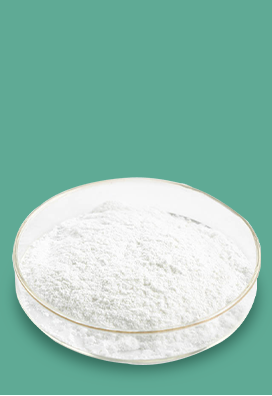
Aug . 21, 2024 05:32 Back to list
Understanding the Uses and Benefits of Custom Florfenicol for Veterinary Care
Florfenicol is a synthetic antibiotic belonging to the amphenicol class, primarily used in veterinary medicine. Its broad-spectrum activity makes it effective against a variety of bacterial infections, particularly those caused by Gram-negative and some Gram-positive bacteria. This article will explore the uses of florfenicol, its mechanism of action, and the relevant considerations for its application in animal health.
Uses of Florfenicol
Florfenicol is commonly employed to treat respiratory diseases in livestock, notably in cattle and swine. In cattle, it’s particularly effective against pneumonia caused by pathogens like Mannheimia haemolytica and Pasturella multocida. Likewise, in pigs, it is utilized to combat swine respiratory disease complex, which can significantly impact growth rates and overall health. The ability to administer florfenicol as an injectable treatment allows for ease of use and quick absorption, making it a preferred option for veterinarians.
Moreover, florfenicol has also found its way into aquaculture. It is used to manage health issues in fish, particularly in situations where bacterial infections threaten stock. The use of florfenicol in fish is crucial given the high density of fish farming environments, where the spread of infections can be rapid. Its efficacy in aquaculture highlights florfenicol's versatility beyond traditional livestock applications.
Mechanism of Action
Florfenicol works by inhibiting bacterial protein synthesis. It binds to the 50S subunit of the bacterial ribosome, interfering with the peptidyl transferase activity and preventing the formation of peptide bonds. This action effectively halts bacterial growth and replication, allowing the animal's immune system to combat the infection more effectively. Unlike other antibiotics, florfenicol does not rely on the presence of oxygen to exert its effects, which enables it to target anaerobic bacteria as well.
custom florfenicol para que sirve

Considerations and Resistance
While florfenicol is a critical tool in veterinary medicine, it’s essential to consider the potential for antibiotic resistance. Overuse of antibiotics in livestock can lead to the development of resistant bacterial strains, posing a risk not only to animal health but also to public health as resistant bacteria can transfer to humans through the food chain. As a result, veterinarians and farmers are encouraged to adhere to appropriate dosing guidelines and to employ florfenicol judiciously.
Regulatory Status
In many regions, including the United States, florfenicol is subject to strict regulatory oversight. The U.S. Food and Drug Administration (FDA) has approved its use in specific classes of livestock under particular conditions. Farmers and veterinarians must comply with withdrawal times, which dictate how long must elapse after treatment before the animal can safely enter the food supply. This precaution is vital to ensure consumer safety and maintain trust in animal agriculture.
Conclusion
In summary, florfenicol serves as a potent antibiotic in veterinary medicine, primarily used to treat bacterial infections in livestock and aquaculture. Its effectiveness against a broad range of pathogens, coupled with its unique mechanism of action, makes it an essential tool for veterinarians. However, the importance of responsible use cannot be overstated, as the potential for antibiotic resistance poses a significant concern. By adhering to guidelines and ensuring careful application, florfenicol can continue to support animal health while minimizing risks to both animal and human populations.
-
Premium China Bacillus Subtilis Supplier & Factory Solutions
NewsJul.30,2025
-
Premium Avermectin Supplier in China | Custom Solutions Available
NewsJul.29,2025
-
China Bacillus Subtilis Supplier - Custom Factory Solutions
NewsJul.29,2025
-
China Salivation: Leading Custom Salivation Supplier & Factory Solutions
NewsJul.29,2025
-
Leading Lincomycin Hydrochloride Manufacturer & Supplier with High Purity
NewsJul.29,2025
-
Bio-Enzyme Yogurt Growth Promoter Factory - Top Quality Manufacturer & Supplier
NewsJul.28,2025




